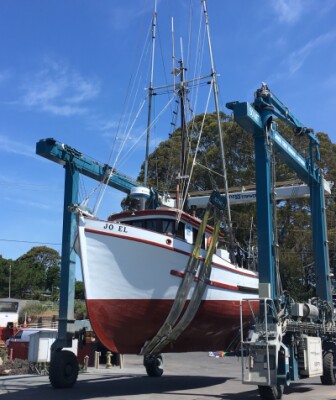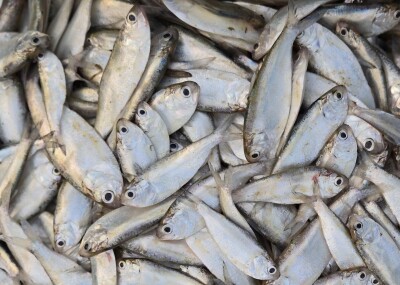Since publishing our study on “A scientific basis for regulation deep-sea fishing by depth“ we’ve been subjected to criticism online and in print from fisheries organisations and most recently on this website in an article by Magnus Johnson. Johnson makes general points about the benefits of sustainable fisheries, that we agree with, but his specific critique of our work falls well wide of the mark.
Our work suggests that stopping deep-sea trawling at a depth of around 600m makes sense, because deeper than this the proportions of total and elasmobranch bycatch species (sharks and rays) in the assemblage increase significantly. At the same time indices of biodiversity are still increasing and the value of the species present falls.
Fisheries leaders and the author of the article claim that our study, being based on research survey data, is not representative of the effects of commercial fishing and, because bycatch is a “nuisance”, fishermen are able to avoid it. But what does the actual evidence say for deep-sea trawling?
Read the full story at Scroll.in >>
Read more about trawling limits >>






